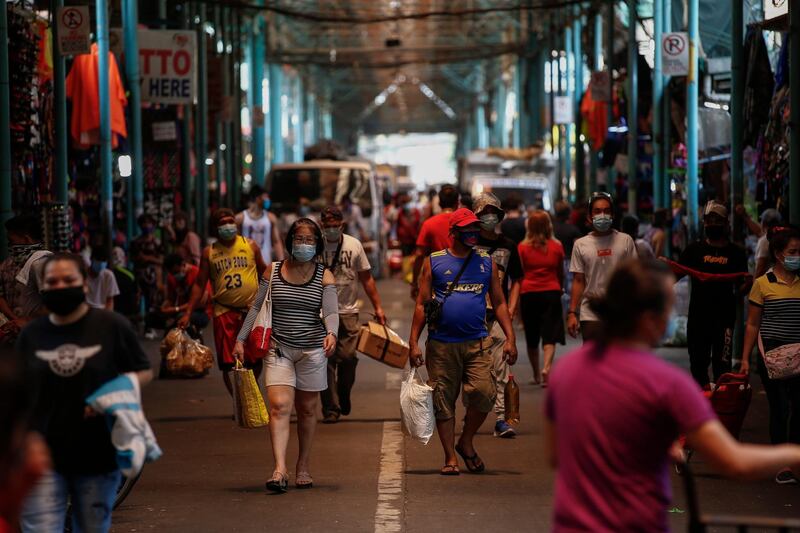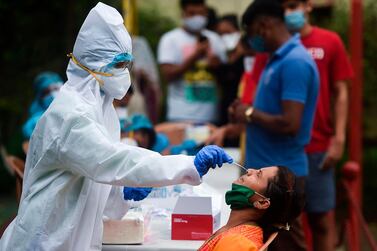Developing Asia’s coronavirus-battered economy will shrink for the first time since the early 1960s, with the level of output next year still seen below pre-pandemic projections even as growth recovers, according to the Asian Development Bank.
The region’s gross domestic product will decline by 0.7 per cent in 2020, down from June’s projection of an increase of 0.1 per cent, the Manila-based bank said in a report on Tuesday. A contraction this year would be the first since 1962, Yasuyuki Sawada, the ADB’s chief economist, said in a live-streamed briefing.
“The economic threat posed by the Covid-19 pandemic remains potent, as extended first waves or recurring outbreaks could prompt further containment measures,” Mr Sawada said. Downturns across developing Asia are more widespread than previous crises, with three-quarters of economies in the region tipped to shrink this year, he said.
China will buck the trend and is forecast to expand 1.8 per cent this year – unchanged from June’s projection – as successful public health measures provide a springboard for growth, according to the ADB. Growth is forecast to accelerate to 7.7 per cent in 2021, up from a previous forecast of 7.4 per cent.
In India, where lockdowns have stalled private spending, GDP will shrink by 9 per cent this year, sharply down from June’s forecast of -4 per cent, the ADB said. There were also big downgrades for the Philippines and Thailand, which are now projected to contract 7.3 per cent and 8 per cent respectively.
The downgrades took into account that the pandemic has been “more serious” than initially anticipated, Mr Sawada said. “Having said that, our baseline assumption is that health risks will be basically contained within this year.”
“Large-scale” fiscal stimulus has helped cushion the blow and provides a base for a rebound, Mr Sawada said.
Growth in Developing Asia – a region that excludes advanced nations like Japan, Australia and New Zealand – will rebound to 6.8 per cent in 2021, in part because it will be measured against a weak 2020, Mr Sawada said. That will still leave next year’s level of GDP below pre-coronavirus projections, implying that the recovery is only “partial” and “not full”.
He said virus containment “seems to be translated into growth performance”, and a prolonged pandemic remains the biggest downside risk this year and the next, while US-China trade tensions and technology conflicts and financial vulnerabilities would also weigh on growth.
Policies focused on protecting lives and livelihoods, and ensuring a safe return to work and restart of businesses, are crucial to ensuring a sustained recovery for the region, he added.






